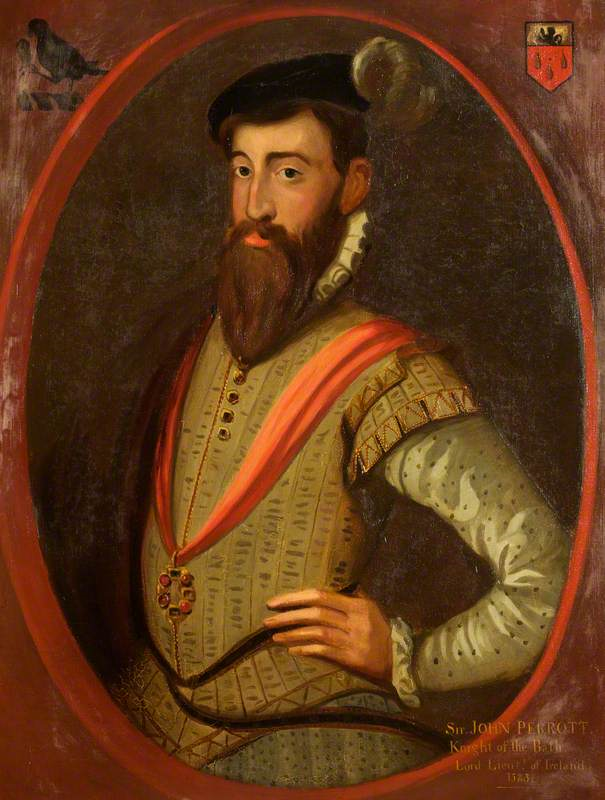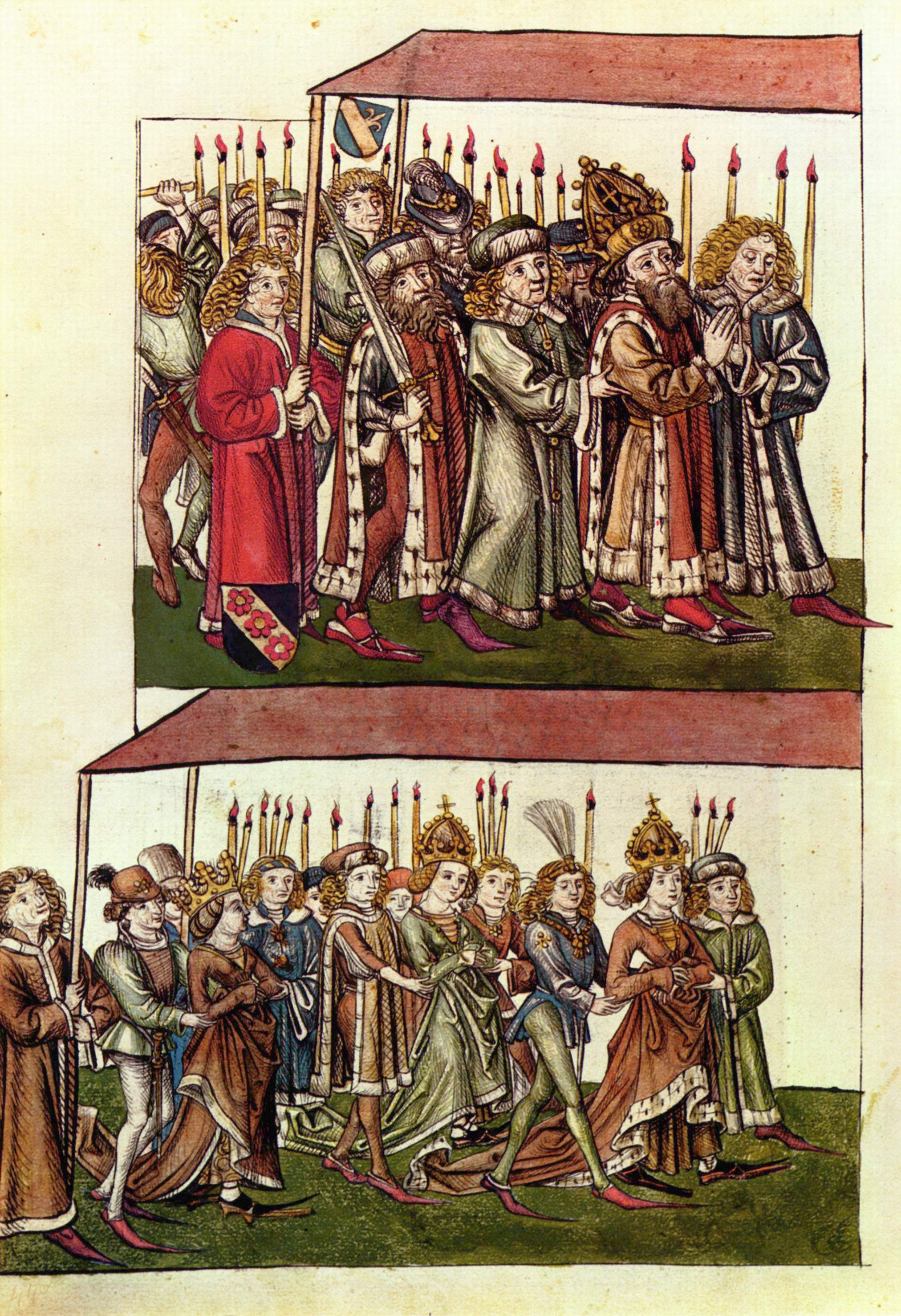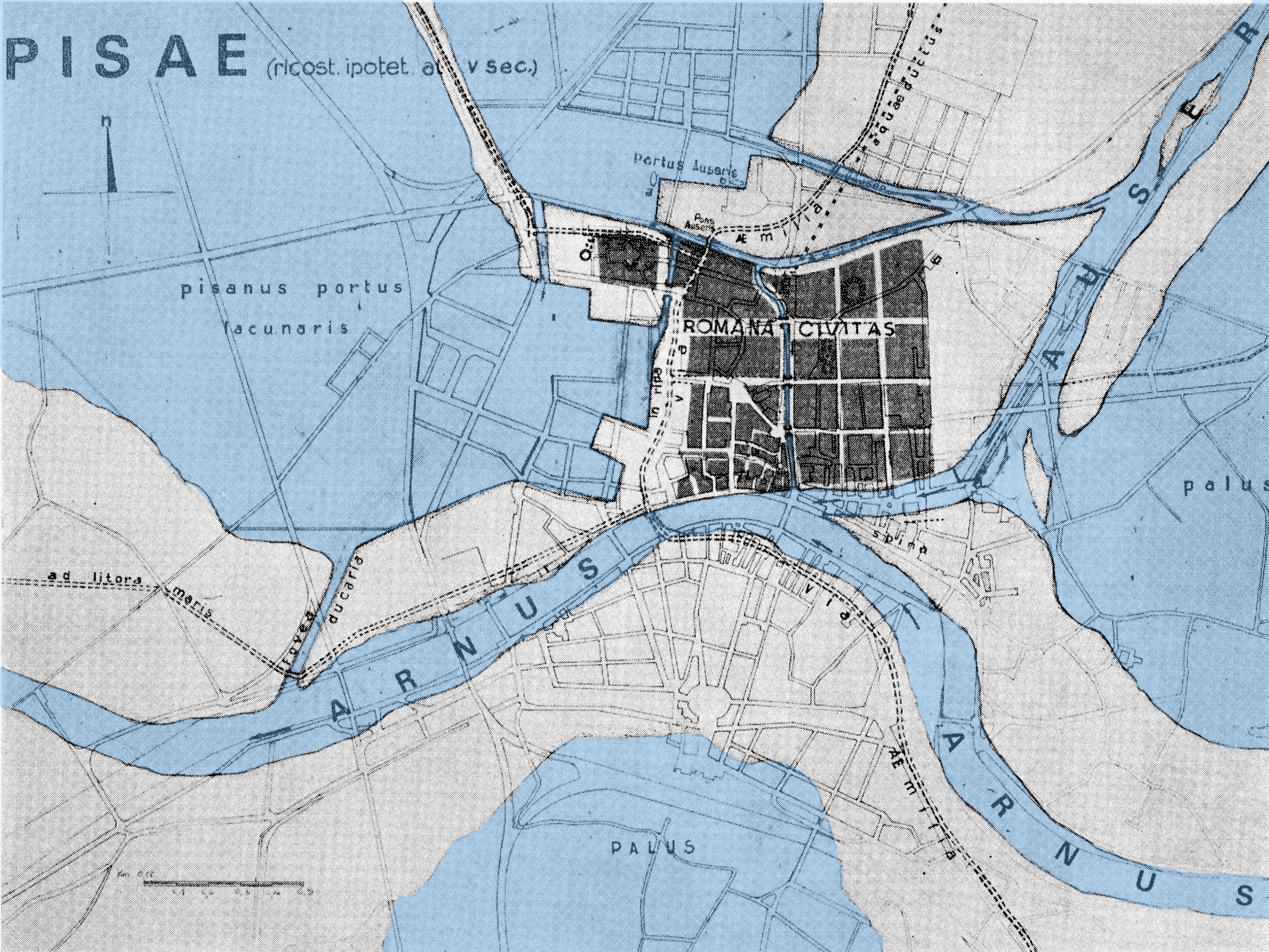|
Sligo Abbey
Sligo Abbey () was a Dominican convent in Sligo, Ireland, founded in 1253. It was built in the Romanesque style with some later additions and alterations. Extensive ruins remain, mainly of the church and the cloister. The site is managed by the Office of Public Works and opens on a seasonal basis - March 17 to November 5 is the 2023 season. Sligo Abbey is open daily from 10.00 am - 6.00 pm, with last admissions at 5.15 pm. Name and location The name "Sligo Abbey" is the generally accepted traditional name, but strictly speaking "abbey" is inappropriate as Dominican monasteries are led by priors not abbots: "convent", "friary", or "priory" would be more correct. The community was dedicated to the Holy Cross. The ruins are located in Abbey Street, Sligo, but when it was still functioning, the convent lay outside the town's limits and its location was then usually described as "near Sligo". History Sligo Abbey, was a Dominican Friary, founded in 1253 by Maurice FitzGerald, ... [...More Info...] [...Related Items...] OR: [Wikipedia] [Google] [Baidu] |
Dominican Order
The Order of Preachers (, abbreviated OP), commonly known as the Dominican Order, is a Catholic Church, Catholic mendicant order of pontifical right that was founded in France by a Castilians, Castilian priest named Saint Dominic, Dominic de Guzmán. It was approved by Pope Honorius III via the papal bull on 22 December 1216. Members of the order, who are referred to as Dominicans, generally display the letters ''OP'' after their names, standing for , meaning 'of the Order of Preachers'. Membership in the order includes friars, nuns, Religious sister (Catholic), active sisters, and Laity, lay or secular Dominicans (formerly known as Third Order of Saint Dominic, tertiaries). More recently, there have been a growing number of associates of the religious sisters who are unrelated to the tertiaries. Founded to preach the The gospel, gospel and to oppose heresy, the teaching activity of the order and its scholastic organisation placed it at the forefront of the intellectual life of ... [...More Info...] [...Related Items...] OR: [Wikipedia] [Google] [Baidu] |
Avignon
Avignon (, , ; or , ; ) is the Prefectures in France, prefecture of the Vaucluse department in the Provence-Alpes-Côte d'Azur region of southeastern France. Located on the left bank of the river Rhône, the Communes of France, commune had a population of 93,671 as of the census results of 2017, with about 16,000 (estimate from Avignon's municipal services) living in the ancient town centre enclosed by its Walls of Avignon, medieval walls. It is Functional area (France), France's 35th-largest metropolitan area according to INSEE with 337,039 inhabitants (2020), and France's 13th-largest urban unit with 459,533 inhabitants (2020). Its urban area was the fastest-growing in France from 1999 until 2010 with an increase of 76% of its population and an area increase of 136%. The Communauté d'agglomération du Grand Avignon, a cooperation structure of 16 communes, had 197,102 inhabitants in 2022. Between 1309 and 1377, during the Avignon Papacy, seven successive popes resided in Avi ... [...More Info...] [...Related Items...] OR: [Wikipedia] [Google] [Baidu] |
Hugh Roe O'Donnell
Hugh Roe O'Donnell II (; 20 October 1572 – 30 August 1602), also known as Red Hugh O'Donnell, was an Irish Chief of the Name, clan chief and senior leader of the Irish confederacy during the Nine Years' War (Ireland), Nine Years' War. He was Lord of Tyrconnell from 1592 until his death in 1602. He was born into the powerful O'Donnell dynasty, O'Donnell clan of Tyrconnell (present-day County Donegal). By the age of fourteen, he was recognised as his clan's Tanistry, tanist and engaged to the daughter of the prominent Hugh O'Neill, Earl of Tyrone, Earl of Tyrone. The Dublin Castle administration, English-led Irish government feared that an alliance between Tyrone and the O'Donnell clan would threaten the Crown's control over Ulster, so in 1587 Lord Deputy of Ireland, Lord Deputy John Perrot arranged Hugh Roe's kidnapping. The government subsequently backed regime change in Tyrconnell. After four years' imprisonment in Dublin Castle, Hugh Roe escaped circa January 1592 with the ... [...More Info...] [...Related Items...] OR: [Wikipedia] [Google] [Baidu] |
Sligo Castle
Sligo Castle () was a Norman era castle built in 1245 in Sligo Town in Connacht in the west of Ireland. The castle is no longer extant but it was of great importance in the history of the West of Ireland. It is mentioned in the annals numerous times. Location The location is currently not certain, although it is thought to be on the site of the present Sligo Town Hall on Quay Street. An image exists painted by a military surveyor in 1688. Ruins in the area of have become known locally as Castle Connor. Castle Connor and Sligo Castle may be one and the same with the current ruins having been rebuilt on the original site in 1520 by Connor O'Dowd. Although some sources indicate that this may be a separate castle built in a separate location, as the history of the area is difficult to decipher. History After the arrival of the justiciar (representative) of the King of England, Maurice Fitzgerald land was granted to the clergyman Clarus MacMailenn of Lough Cé intended for the const ... [...More Info...] [...Related Items...] OR: [Wikipedia] [Google] [Baidu] |
Richard Bingham (soldier)
Sir Richard Bingham (1528 – 19 January 1599) was an English soldier and naval commander. He served under Queen Elizabeth I during the Tudor conquest of Ireland and was appointed governor of Connacht. Early life and military career Bingham was born in Dorset to Richard Bingham and his wife Alice Coker, daughter of Thomas Coker, and was the eldest of three brothers. Little is known of his early life, but he had embarked upon a military career before turning twenty, despite his small stature. He took part in Protector Somerset's Scottish expedition in 1547. A decade later, he served with the Spanish against the French at the Battle of St. Quentin. In October of the following year, 1558, he took part in a naval expedition in the Western Isles in Scotland. In the Fourth Ottoman–Venetian War, Bingham fought under John of Austria (''Don Juan de Austria'') on the side of the Spaniards and Venetians. During this campaign, he was engaged in efforts to save the island of Cyprus, ... [...More Info...] [...Related Items...] OR: [Wikipedia] [Google] [Baidu] |
Elizabeth I Of England
Elizabeth I (7 September 153324 March 1603) was Queen of England and Ireland from 17 November 1558 until her death in 1603. She was the last and longest reigning monarch of the House of Tudor. Her eventful reign, and its effect on history and culture, gave name to the Elizabethan era. Elizabeth was the only surviving child of Henry VIII and his second wife, Anne Boleyn. When Elizabeth was two years old, her parents' marriage was annulled, her mother was executed, and Elizabeth was declared illegitimate. Henry restored her to the line of succession when she was 10. After Henry's death in 1547, Elizabeth's younger half-brother Edward VI ruled until his own death in 1553, bequeathing the crown to a Protestant cousin, Lady Jane Grey, and ignoring the claims of his two half-sisters, Mary and Elizabeth, despite statutes to the contrary. Edward's will was quickly set aside and the Catholic Mary became queen, deposing Jane. During Mary's reign, Elizabeth was imprisoned fo ... [...More Info...] [...Related Items...] OR: [Wikipedia] [Google] [Baidu] |
The Pale
The Pale ( Irish: ''An Pháil'') or the English Pale (' or ') was the part of Ireland directly under the control of the English government in the Late Middle Ages. It had been reduced by the late 15th century to an area along the east coast stretching north from Dalkey, which is just south of Dublin, to the garrison town of Dundalk. The inland boundary went to Naas and Leixlip around the Earldom of Kildare, towards Trim and north towards Kells. In this district, many townlands have English or Norman-French names, the latter associated with Anglo-Norman influence in England. Etymology The word ''pale'', meaning a fence, is derived from the Latin word ', meaning "stake", specifically a stake used to support a fence. A paling fence is made of pales ganged side by side, and the word ''palisade'' is derived from the same root. From this came the figurative meaning of "boundary". The ''Oxford English Dictionary'' is dubious about the popular notion that the phrase '' beyond the ... [...More Info...] [...Related Items...] OR: [Wikipedia] [Google] [Baidu] |
Tanist
Tanistry is a Gaelic system for passing on titles and lands. In this system the Tanist (; ; ) is the office of heir-apparent, or second-in-command, among the (royal) Gaelic patrilineal dynasties of Ireland, Scotland and Mann, to succeed to the chieftainship or to the kingship. The word is preserved in the Republic of Ireland's government, where the prime minister is the ''Taoiseach'' while the deputy prime minister is the ''Tánaiste''. Origins Historically the tanist was chosen from among the heads of the ''roydammna'' or "righdamhna" (literally, those of ''kingly material'') or, alternatively, among all males of the '' sept'', and elected by them in full assembly. The eligibility was based on descent from a king to a few degrees of proximity. Usually descent from the male lines of a king was the norm, however in Scotland, descent through the female lines of a king was also accepted, possibly because of an intermingling with the Pictish succession rules. An example of th ... [...More Info...] [...Related Items...] OR: [Wikipedia] [Google] [Baidu] |
Council Of Constance
The Council of Constance (; ) was an ecumenical council of the Catholic Church that was held from 1414 to 1418 in the Bishopric of Constance (Konstanz) in present-day Germany. This was the first time that an ecumenical council was convened in the Holy Roman Empire. The council ended the Western Schism by deposing or accepting the resignation of the remaining papal claimants and by electing Pope Martin V. It was the last papal election to take place outside of Italy. The council also condemned Jan Hus as a heretic and facilitated his execution; and it ruled on issues of national sovereignty and the rights of pagans and just war in response to a conflict between the Grand Duchy of Lithuania, the Kingdom of Poland and the Order of the Teutonic Knights. The council is also important for its role in the debates over ecclesial conciliarism and papal supremacy. Constance issued two particularly significant decrees regarding the constitution of the Catholic Church: '' Haec sancta'' ... [...More Info...] [...Related Items...] OR: [Wikipedia] [Google] [Baidu] |
Pisa
Pisa ( ; ) is a city and ''comune'' (municipality) in Tuscany, Central Italy, straddling the Arno just before it empties into the Ligurian Sea. It is the capital city of the Province of Pisa. Although Pisa is known worldwide for the Leaning Tower of Pisa, the city contains more than twenty other historic churches, several medieval palaces, and bridges across the Arno. Much of the city's architecture was financed from its history as one of the Italian maritime republics. The city is also home to the University of Pisa, which has a history going back to the 12th century, the Scuola Normale Superiore di Pisa, founded by Napoleon in 1810, and its offshoot, the Sant'Anna School of Advanced Studies.Scuola Superiore Sant'Anna di Pisa Information statistics History ...
|






